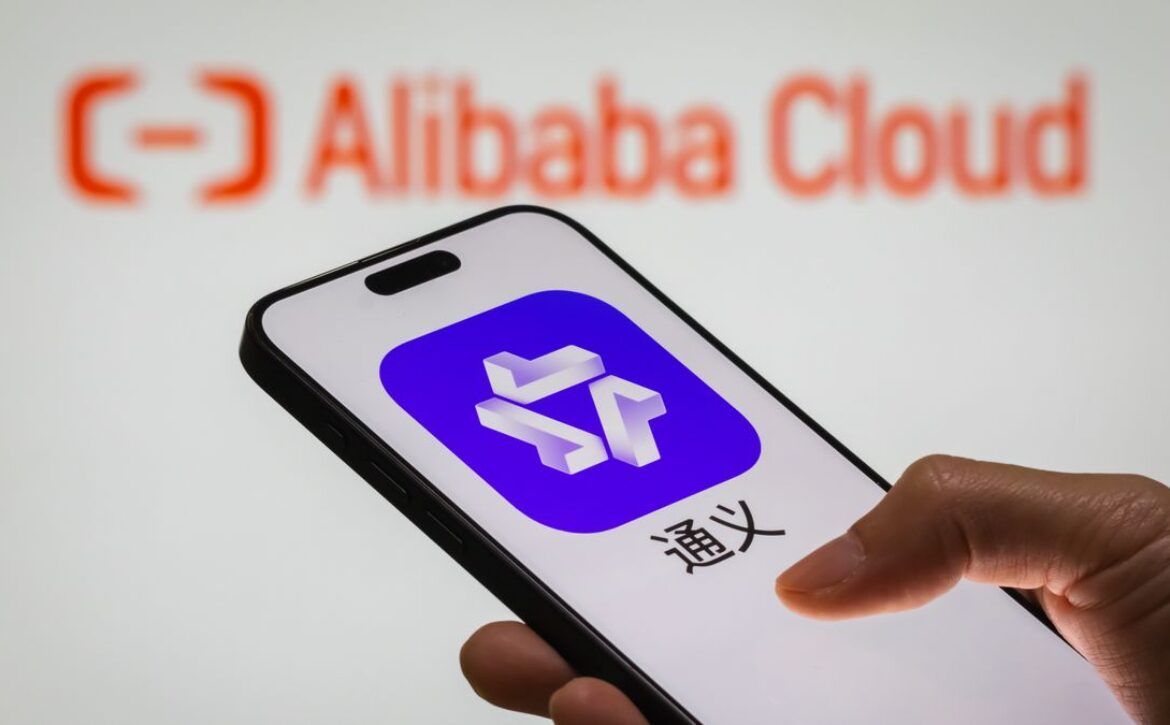
Chinese Tech Giant Baidu Steps Up Its Game to Get Autonomous Vehicles on the Road
Want to read in a language you're more familiar with?
Baidu offers trial service of robotaxi in Changsha, Beijing and Cangzhou, stepping up its game for autonomous driving alongside domestic players AutoX and DiDi Chuxing, as well as US car maker Waymo and Tesla.
China’s search engine and artificial intelligence (AI) company Baidu Inc. now offers trial service of robotaxi in Chinese cities of Changsha, Beijing and Cangzhou, stepping up its game for autonomous driving alongside leading domestic players AutoX and DiDi Chuxing, as well as US car manufacturers Waymo and Tesla.
Baidu launched the full operation of its Apollo Robotaxi self-driving taxi service in the city of Changsha in Hunan province in April 2020. As the first domestic autonomous driving taxi service made available to the public, Apollo Robotaxi operates a fleet of 45 vehicles in an open taxi-hailing area of approximately 130 square kilometers, covering various residential, commercial and industrial areas in the central Chinese city.
Since the announcement of Apollo Platform in 2017, the company has received over 150 test licenses, 120 of which being passenger-carrying licenses. Apart from the services in Changsha, where local residents can use the taxi service through Baidu’s mobile apps, operations in the capital city Beijing and Cangzhou of Hebei province are in the seed user stage, with 40 and 30 autonomous cars running on roads, respectively.
SEE ALSO: Baidu Fully Opens Robotaxi Service in Changsha
In a recent trip to Changsha, Pandaily took a ride in the autonomous driving taxi after successfully hailing an Apollo Robotaxi through the Baidu Maps.
As two Apollo staff members, identifying themselves as the car’s security officers, occupied the driver’s and front passenger’s seats, the vehicle was running by itself at an average rate of 50 km/h which is the speed limit of the road. Without taking control or even touching the steering wheel, the two staff members paid close attention to the vehicle as well as the road conditions, while writing down feedback from the on-board passengers.

The vehicle’s AI driving system operated the car smoothly, changing lanes while monitoring vehicles in adjacent lanes, accelerating when traffic lights changed, and yielding to vehicles and pedestrians. However, passengers could still feel being hurled forward when the vehicle had to abruptly slam on the brakes.
Equipped with a customized Apollo OBU (On-Board Unit), which can perform the L4-level vehicle-to-everything (V2X) collaborative sensing driving using intelligent roadside facilities, the car serves as a model for automatic driving software and hardware, pre-installed capabilities, built-in human-computer interaction systems and safety mechanisms. This technology is able to perceive the behavior of all traffic participants, ultimately making the safest decision for the vehicle. Meanwhile, the roadside units collect road network images, broadcast the vehicle’s position to avoid blind spots, and report the countdown of traffic light timers and construction zones to the vehicle.
Pandaily noticed that a touchscreen behind the front passenger’s seat displays a 360-degree field of vision and shows all moving obstacles around the vehicle, clearly presenting on the screen the road conditions detected by the in-car and roadside sensors.
Traffic on the Driverless Road: Industry Competition
According to the Autonomous/Driverless Car Market report by ResearchAndMarket, the global autonomous driving market was valued at $24.1 billion in 2019. With major automotive companies, tech giants and AI start-ups around the world investing more than $50 billion over the past five years, the market valuation is estimated to reach $60 billion by 2030, if higher levels (level 4 to level 5) of autonomous cars, equipped with a fully autonomous driving system, are able to attain widespread implementation. As of now, semi-autonomous vehicles (cars with level 1 to level 3 automation features) dominate the market, especially in the Chinese mainland.
Similar to Baidu’s Apollo Robotaxi, Alibaba-backed autonomous driving start-up AutoX announced on Monday that its RobotTaxi ride-hailing service is now open to the public in Shanghai. By hailing the cabs on Alibaba’s AutoNavi Maps app, users can take a ride for free on one vehicle from a fleet of 100, which were rolled out in late April to designated open-traffic areas of Shanghai.
AutoX, which is headquartered in Shenzhen, completed a $100 million series A financing round in September 2019, with backers including Dongfeng Motor, one of China’s state-owned vehicle manufacturers, e-commerce giant Alibaba, startup incubator Plug and Play’s China fund. While Shanghai has now become the first city in which AutoX operates its RoboTaxi services, the company is currently conducting test driving in Shenzhen, Wuhan, Wuhu, and several other cities around the world. The company is looking to launch more services in the next couple of months, according to its Monday press release.

AutoX’s latest offering will face fierce competition from ride-hailing giant Didi Chuxing, whose pilot project which was launched in June, also in Shanghai. In May, Didi raised more than $500 million in a funding round for its autonomous-driving branch, with investment led by SoftBank. The capital received this round will be used to test, develop and deploy Didi’s autonomous-driving technology, Didi said. The company has also planned to deploy more than one million self-driving vehicles through its platform by 2030. Both AutoX and DiDi’s autonomous vehicles have drivers behind the wheel in case any unexpected errors require human intervention.
SEE ALSO: AutoX’s RoboTaxi Service Officially Opens to Public in Shanghai
Similar efforts are underway in the US, where Alphabet subsidiary Waymo is leading the race with the only commercial self-driving car service operating without safety backup drivers in the vehicle.
US electric carmaker Telsa’s Elon Musk also said in July that his company is close to achieving fully autonomous driving, known as L5 which means the vehicle does not require any human attention, or even does not have steering wheels or pedals for acceleration and braking.
“I’m extremely confident that L5 or essentially complete autonomy will happen very quickly,” Musk said in remarks made at the opening of Shanghai’s World Artificial Intelligence Conference (WAIC) in July. “I remain confident that we will have the basic functionality for L5 autonomy complete this year.”
Tesla's current, L2 Autopilot requires drivers to remain alert and ready to take controls at any time, with both hands on the wheel.
Commercial Delivery
As the leading US players focus on vehicles that operate completely autonomously, Chinese developers such as Baidu prioritize the V2X collaborative system, which they anticipate to reduce the “high cost of developing a fully autonomously vehicle”, said Zhenyu Li, Corporate Vice President of Baidu and General Manager of its Intelligent Driving Group, in an internal letter sent earlier this year. Through the city-level nonstop dynamic traffic information collection and cloud integration, the system will be able to achieve global optimal collaborative control capabilities for traffic participants and traffic management.
Apollo stands to benefit by providing local governments with V2X infrastructure. To date, Baidu has seen multiple 100 million yuan contracts, which reflect how municipal governments are intelligently using technology to improve the living standard of citizens in their community.

“We will launch V2X collaborative sensing system in more scenarios to accelerate digitalization and upgrade the traffic management systems and capabilities.” Li said.
Li, in the letter, also quoted the top management of Baidu and said that “although we haven’t made a profit in the past seven years, we remain committed to the industry and will keep up our ongoing efforts.”
However, questions continue to arise as more autonomous driving players in China migrate from plans to develop completely autonomous vehicles, such as what Alphabet’s Waymo envisions, to integrating a collaboration of in-car and roadside sensing systems.
Responding to a request from Pandaily, the company said in a written statement that the V2X collaborative system is a unique technical approach to the autonomous driving industry with “Chinese characteristics”.
“The intelligent vehicles and intelligent roads are indispensable to each other,” Baidu said in the written reply while declining to disclose the approximate costs incurred by the reconstruction of road-side facilities.





